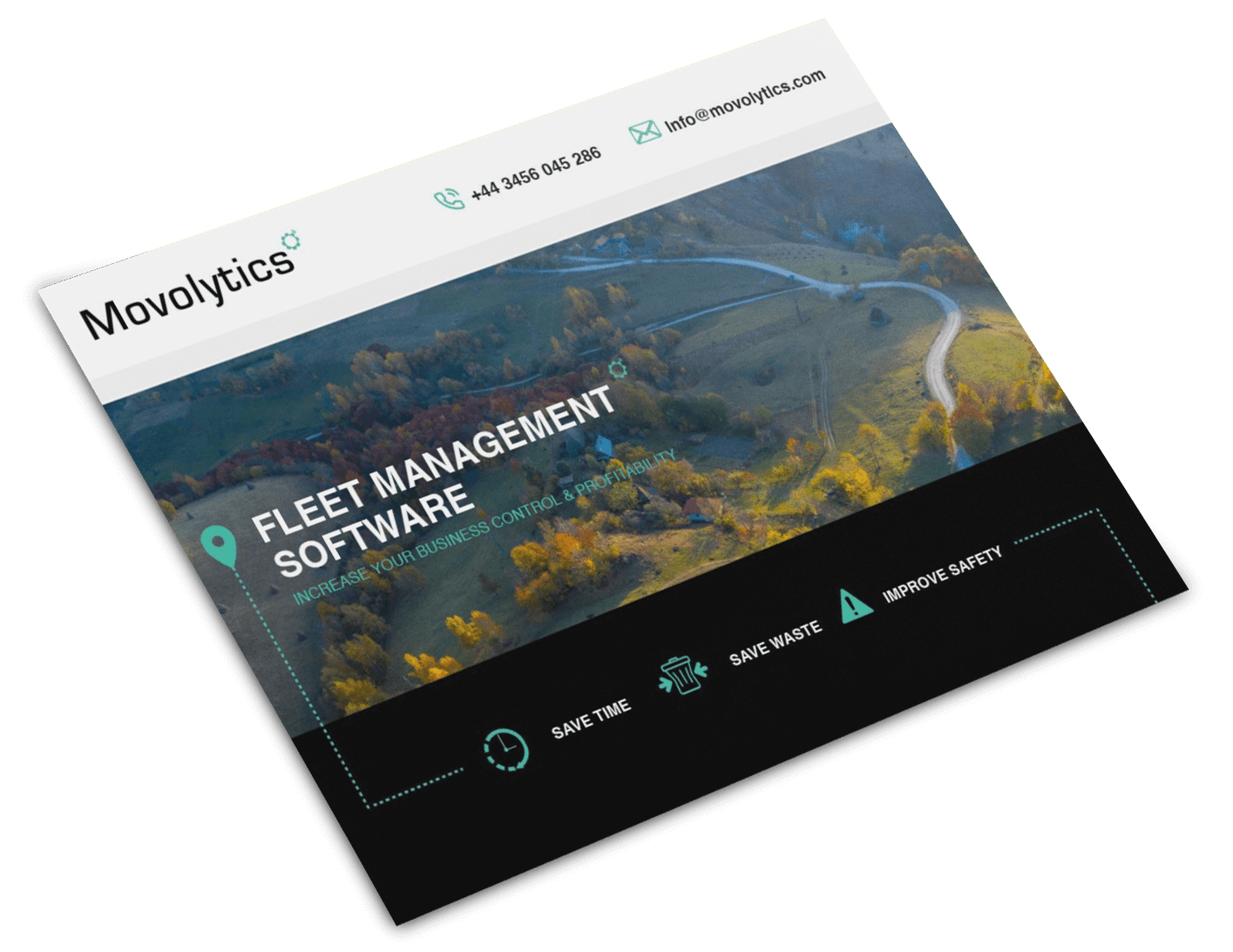Companies are constantly seeking ways to enhance efficiency and stay ahead of the competition. At Movolytics, we understand the importance of saving time and streamlining your operations. With the automated reporting feature, Movolytics empowers businesses to optimise their operations and save time.
Revolutionising Fleet Management
At Movolytics, we recognise the challenges businesses face in managing their fleets effectively. In a world where data is king, gathering and analysing information about your fleet’s performance can be a time-consuming and complex task. This is where Movolytics’ automated reporting comes into play, revolutionising the way companies handle their fleet management data.
Streamlining the Reporting Process
Our automated reporting system is designed to seamlessly collect, process, and present important fleet data. No more sifting through spreadsheets or waiting for manual reports – Movolytics streamlines the entire reporting process, allowing businesses to focus on what truly matters: their core operations.
Time-Saving Advantages
One of the key advantages of Movolytics’ automated reporting is the time it saves for businesses. Traditionally, fleet managers had to invest significant hours manually compiling and analysing data to gain insights into their fleet’s performance. With Movolytics, this cumbersome process is a thing of the past. Our system automatically generates comprehensive reports, providing businesses with important information.
Customisable Reporting Features
Furthermore, Movolytics understands that every business is unique, and their reporting needs may vary. Our customisable reporting feature empowers businesses to tailor their reports according to their specific requirements. This allows businesses to select the data fields and metrics that are most important to them and create reports that highlight that data.
User-Friendly Interface
The user-friendly interface of Movolytics ensures that businesses can navigate and interpret the reports effortlessly. No more complex data sets – our system presents information in a clear and concise manner, making it easily accessible. Our dashboard is easy to navigate and stores all the important data about your fleet in one place. Our system will provide you with a powerful business insight into all the information you need to know.
The Future of Automated Reporting for Fleet Management
Movolytics’ automated reporting is a game-changer for businesses seeking to optimise their fleet management processes. With Movolytics, businesses can automate the reporting process, helping them to save time and improve their fleet management.









